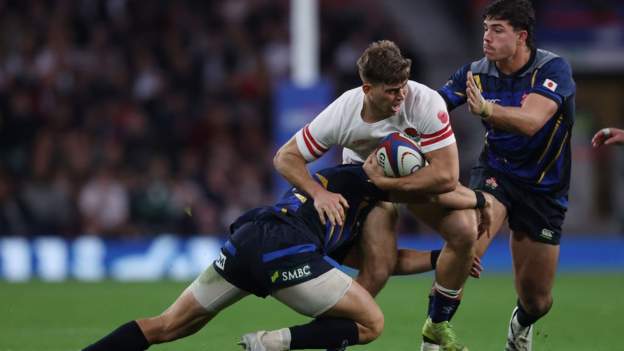
According to new research, players should limit their involvement to just 30 games per season to avoid a “significantly greater injury burden” during the next campaign.
The Rugby Players Association (RPA) funded the research.
“Any time that is spent on the field,” refers to “game involvement”, and “broader elements of match load.”
Players in 2018 were limited Up to 35 games per year starting in 2019-20
A mouthguard study is being conducted in the elite games for men and women. The results could reduce the amount of game involvements.
Research published Wednesday showed 20% of elite male athletes are involved in at least 25 games per season, with 5% totalling thirty every campaign.
Richard Bryan, RPA’s player welfare director, stated: “For us be able to create and update that research, it is absolutely crucial for player welfare. Therefore, the RPA position that season limits should not be reduced to a maximum 30 match involvements for any type of player, in an effort to reduce injury risk.
“It is crucial that this research and other research about match/training risk and injury risk continue to be refreshed, as well as the assessments and conclusions reached in both men’s or women’s games.”
Was there anything else?
Mark Harrington, chief player welfare officer and rugby services officer at World Rugby, stated that: “World Rugby welcomes any research that can inform evidence-based steps to reduce injury in rugby through prevention and management.
“The RPA has been an important partner and facilitator in this priority area. We don’t stop when it is about protecting players at all level. As part of our six-point plan, we continue to implement key elements of our six-point plan in order to be the most progressive sports on player welfare.
Conrad Smith, former New Zealand centre, is now the International Rugby Players’ head for player welfare and high-performance. He said that decisions on match-load and player welfare should be evidence-based. It’s important to balance this information with other studies, such as the instrumented mouthguard research, in order to provide the best information possible for our players.
“The key is to make sure professional players of all levels are well managed in terms both of their mental and physical load.”
